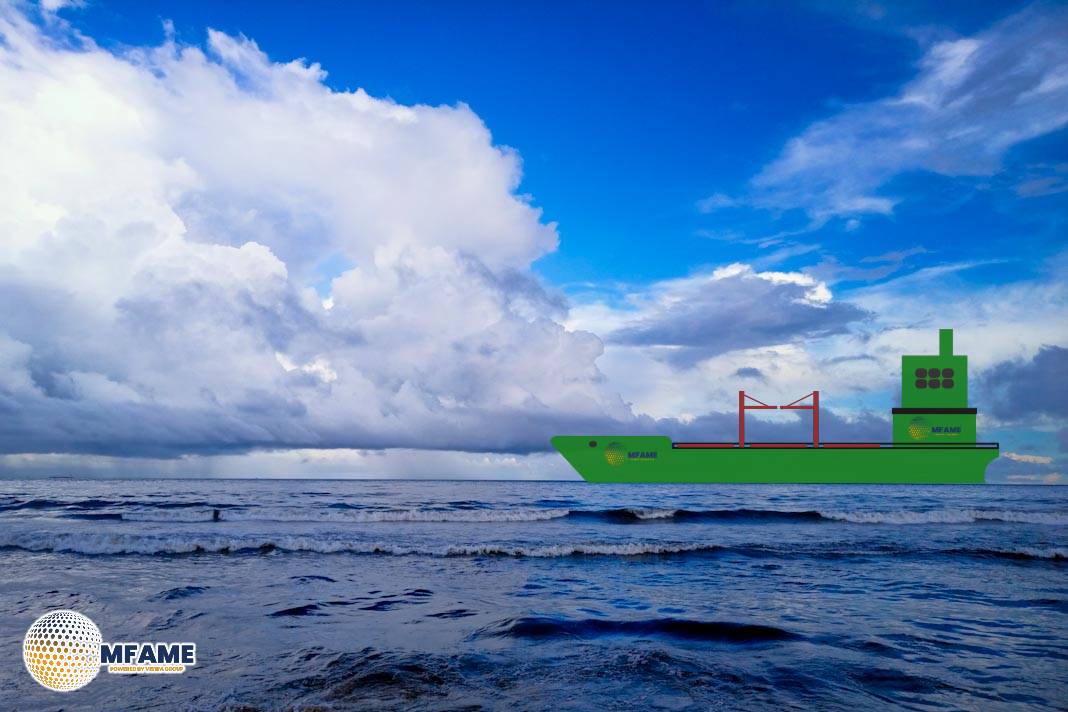The Maritime Technologies Forum (MTF) has released a comprehensive report providing guidelines for the safe inspection of methanol dual-fuel ships, reads a DNV release.
The project was led by the Maritime and Port Authority of Singapore (MPA) with the participation of various MTF members.
Guidelines for the safe inspection of methanol dual-fuel ships
As the maritime industry accelerates its transition to alternative fuels under increasingly stringent IMO emission regulations, methanol as fuel has emerged as a particularly attractive option, as documented by the increasing number of orders. However, methanol’s unique properties—including its flammability, toxicity, and corrosivity—present distinct challenges for ship inspectors.
The new guidelines cover the key areas of attention to ensure safe inspection:
- Pre-Inspection Preparations: Competency requirements, specialized training, thorough ship familiarization, emergency preparedness, and proper PPE selection and use.
- During Inspection Protocols: Dynamic Risk Assessment (DRA), CMES system testing, hazardous area management, methanol fuel system inspection procedures, and incident response readiness.
- Post-Inspection Considerations: Decontamination procedures, health monitoring (accounting for delayed symptom onset), and PPE maintenance and disposal.
A total of 41 safety recommendations have been identified across the inspection process, representing an important effort to provide practical guidance and direction to support the industry’s safe adoption of methanol. These recommendations serve as a robust foundation for organizations to establish new safety protocols or strengthen existing Standard Operating Procedures (SOP), which is critical to building users confidence and supporting the development of methanol as a marine fuel.
The guidelines are designed to complement rather than replace existing inspection requirements, addressing the specific risks associated with methanol as a marine fuel. They aim to safeguard inspectors’ health and safety while ensuring effective inspections for this rapidly growing segment of the fleet.
View the full report by downloading here
Did you subscribe to our daily Newsletter?
It’s Free Click here to Subscribe!
Source: DNV


















